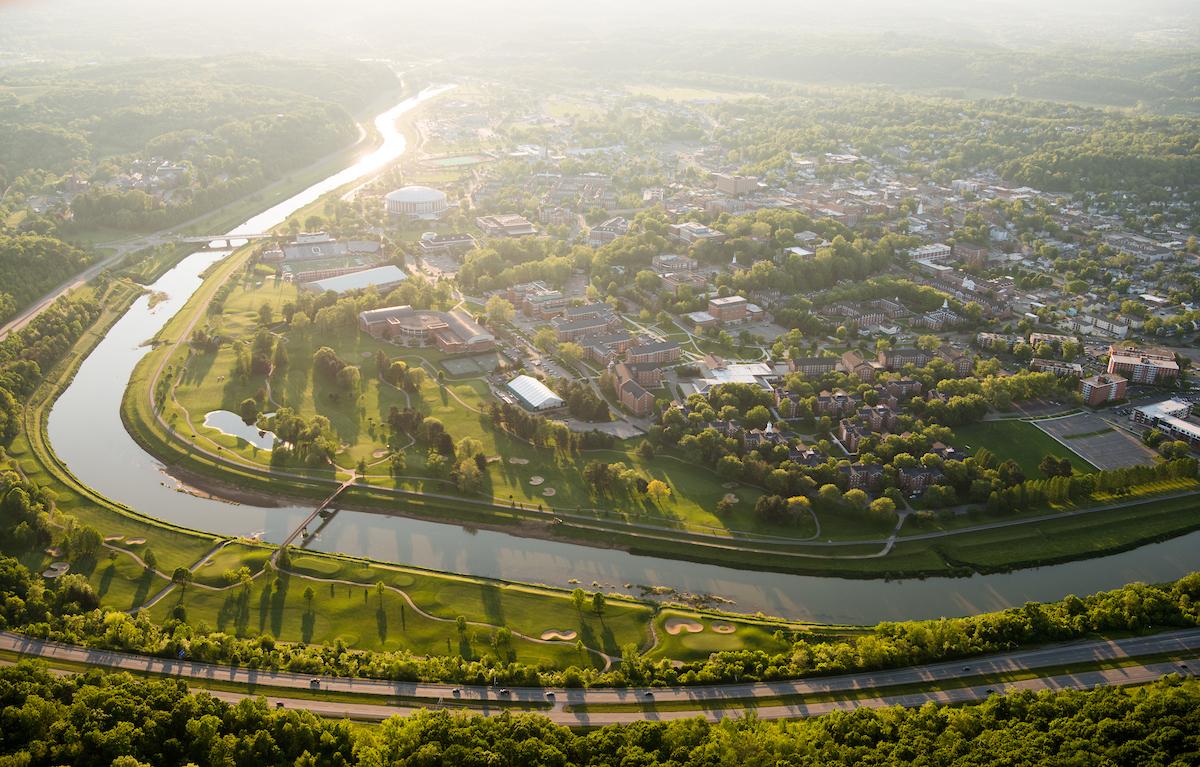Ohio University is pioneering a space model that revolutionizes the traditional approach to space allocation. This forward-thinking initiative entails a comprehensive reimagining of space function, ownership, and budget allocation across the campus community.
The New Model
The centerpiece of this new model involves a profound shift in how spaces are defined, introducing a taxonomy based on activities and room attributes, rather than rigidly predefined room types and access. This innovative categorization comprises four key dimensions:
- Schedulable: Spaces for organized events
- Informal: Spaces that foster casual interactions
- Individual Workspaces: Spaces that promote focused work
- Dedicated Activity/Purpose: Spaces tailored to specific functions
The initiative is resetting mindset of ownership and budgeting of space ensuring that spaces are fully utilized. The model creates an open and transparent portfolio accessible to the broader campus community and decouples space investments from exclusive uses.
Creating Transformational Physical Settings
By creating use flexibility, simplifying tools used for scheduling, and shifting the culture around space ownership, OHIO will open opportunities for efficiency over time and divert more resources toward student impact areas.
Workgroups have been established in six focus areas, and the university is partnering with architecture and space planning firm Ayers Saint Gross. The firm’s expertise is in "long-range strategies for the growth and transformation of physical settings." They work with institutions to analyze space in order to achieve the best possible use of capital assets.
Final Report 2024 (PDF) Executive Summary (PDF)
